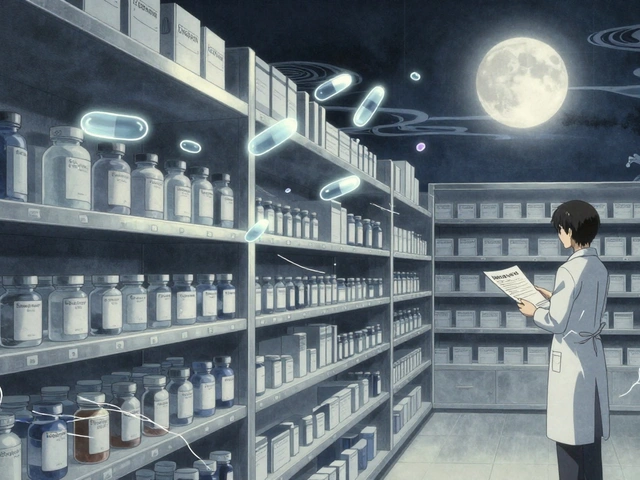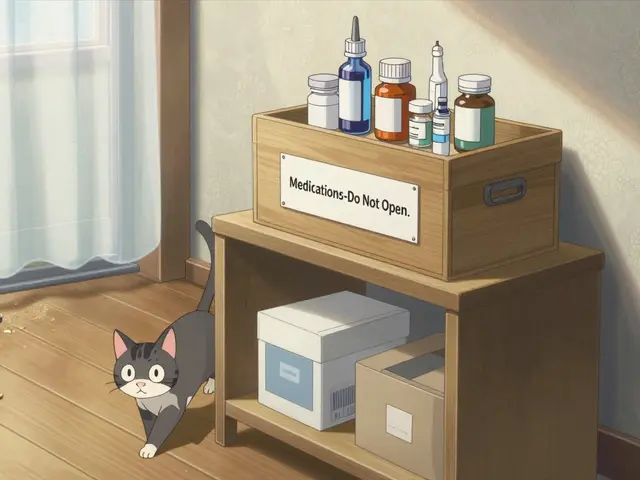Gluten-Free Diet: What It Is, Who Needs It, and What You Can Eat
When you hear gluten-free diet, a dietary plan that excludes gluten, a protein found in wheat, barley, and rye. Also known as wheat-free diet, it’s not a weight-loss gimmick—it’s a medical necessity for millions. For people with celiac disease, an autoimmune disorder where gluten triggers damage to the small intestine, eating even a tiny bit of gluten can cause severe digestive problems, nutrient loss, and long-term complications like osteoporosis or intestinal cancer. It’s not an allergy—it’s an immune system overreaction that turns food into a toxin.
Then there’s non-celiac gluten sensitivity, a condition where people feel better without gluten but don’t test positive for celiac disease. Symptoms like bloating, fatigue, brain fog, or joint pain often clear up once gluten is removed. Unlike celiac disease, there’s no blood test or biopsy to confirm it—diagnosis comes from elimination and careful tracking. Many people don’t realize their chronic headaches or stomach issues are tied to what’s in their bread, pasta, or even soy sauce. And here’s the catch: gluten hides everywhere. It’s in medications, supplements, and even some vitamins. That’s why a gluten-free diet isn’t just about food—it’s about reading labels on everything you swallow.
Not all gluten-free products are healthy. Many are loaded with sugar, refined starches, and additives to mimic the texture of wheat. The real key is whole, unprocessed foods: vegetables, fruits, lean meats, eggs, nuts, beans, rice, quinoa, and potatoes. If you’re on multiple medications—like those for diabetes, high blood pressure, or autoimmune conditions—cross-reactions or fillers in pills can sneak in gluten. That’s why a brown bag medication review, where you bring all your pills to a pharmacist, can be lifesaving. It’s not just about drug interactions—it’s about hidden ingredients that could undo your progress.
People with celiac disease often struggle with nutrient deficiencies because their intestines are damaged. Iron, B12, calcium, and vitamin D levels drop fast. That’s why supplements matter—but only if they’re certified gluten-free. A single contaminated pill can set you back weeks. And if you’re managing a chronic condition like scleroderma, an autoimmune disease that hardens skin and organs, your diet can influence inflammation levels. While no diet cures it, cutting out gluten might reduce flare-ups in some people.
What you’ll find below isn’t a list of recipes or meal plans. It’s a collection of real, practical guides on how gluten connects to your health beyond the kitchen. From how to check medication ingredients for hidden gluten, to why some people feel better after switching diets, to how drug manufacturing can accidentally contaminate products—you’ll see how this diet ties into safety, science, and daily survival. These aren’t opinions. They’re facts backed by patient experiences and medical monitoring systems like those used by the FDA to track drug safety. If you’re living gluten-free, you’re not just avoiding bread—you’re navigating a hidden world of risks and solutions. Let’s get you the tools to do it right.
Celiac Disease: How Gluten Triggers Autoimmune Damage and What You Need to Eat
Celiac disease is an autoimmune disorder triggered by gluten, causing intestinal damage. The only treatment is a strict gluten-free diet. Learn how it works, how to manage it, and what new therapies are on the horizon.






